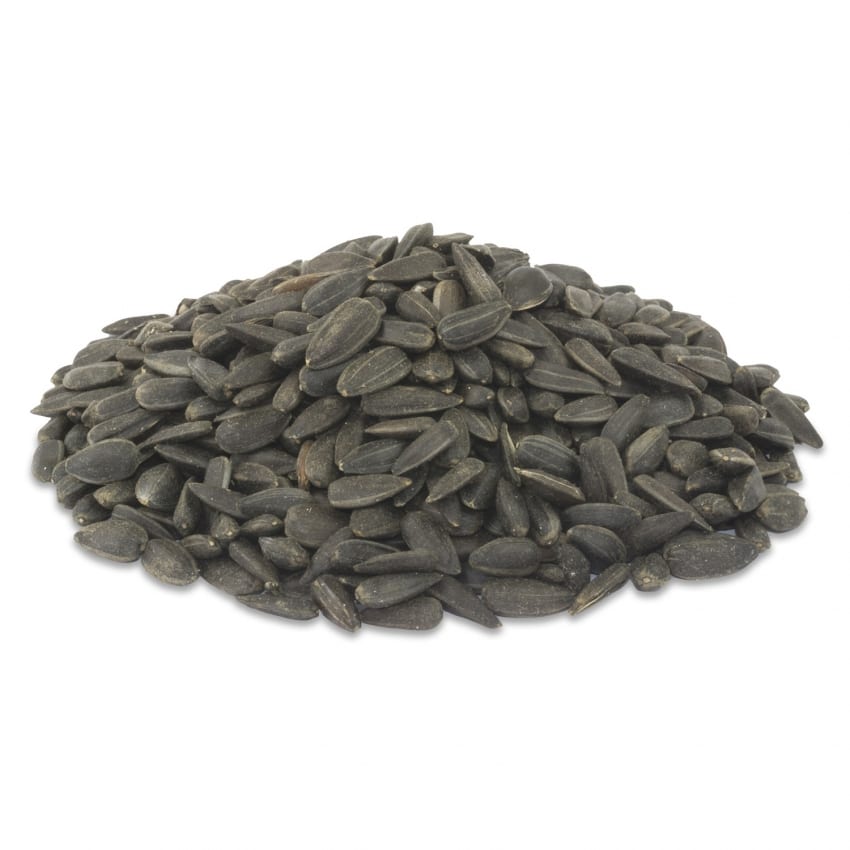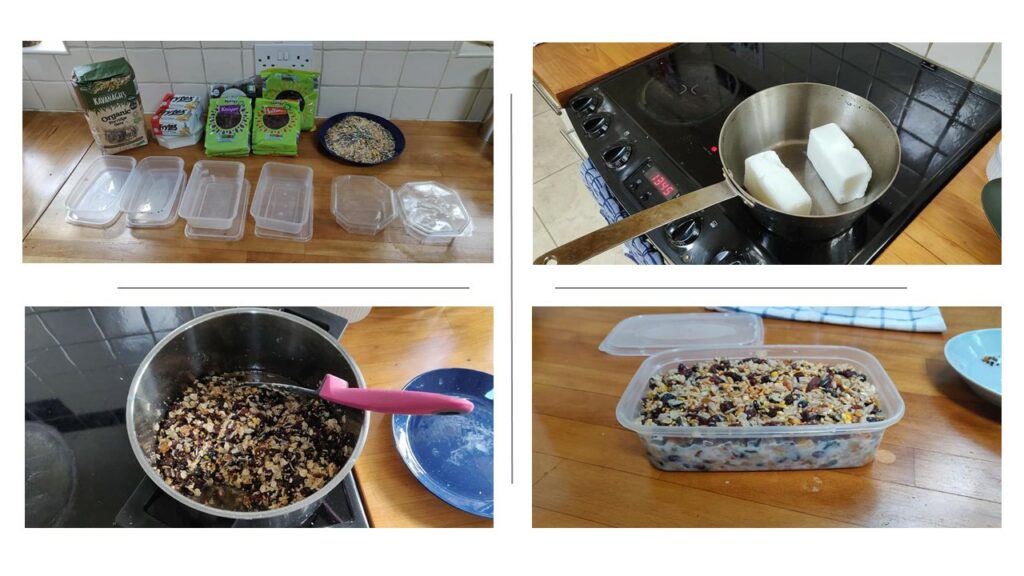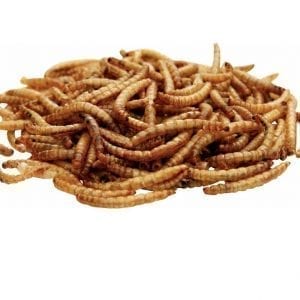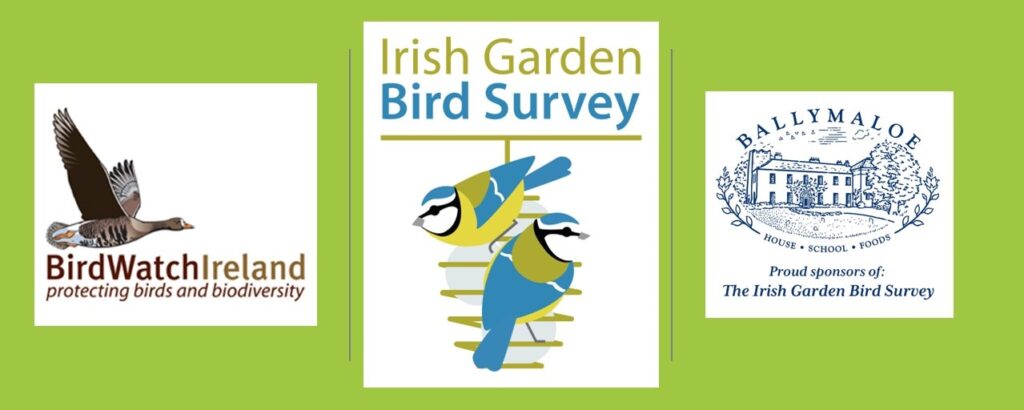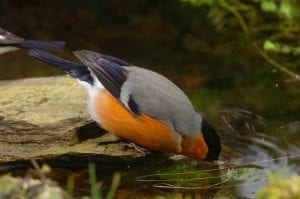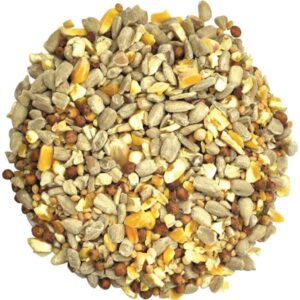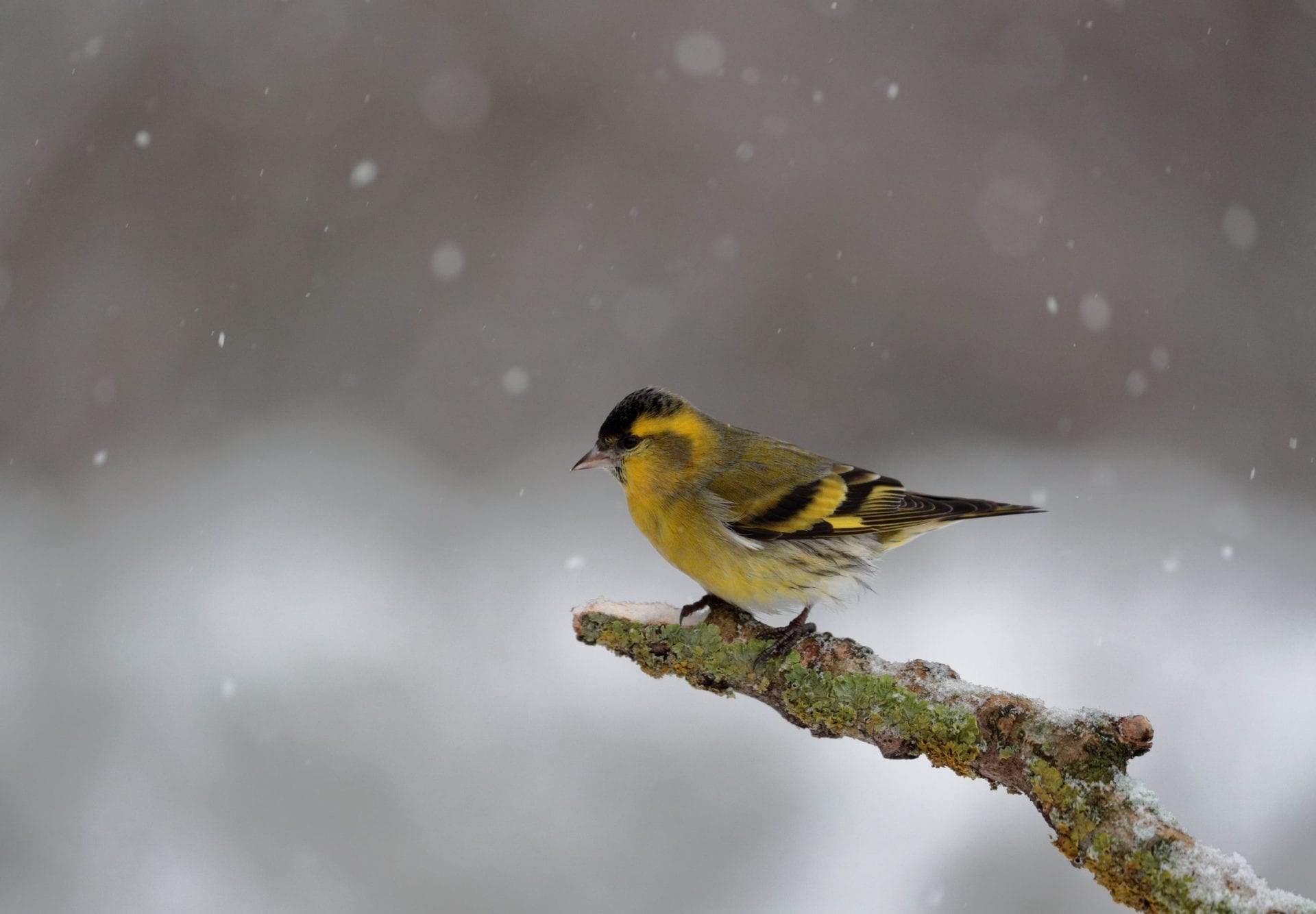
If the cold weather hasn’t reached your garden yet, it’s on the way! Temperatures in many parts of the country are falling below zero, with frost, some sleet, and even snow. Couple that with the fact that the days are still getting shorter, and the autumn bounty of natural foods are now heavily depleted, it’s easy to understand how this is a tough time of year for many countryside birds. So, you can expect to see bigger numbers and a greater diversity of species visiting gardens in the coming days, and BirdWatch Ireland encourage you to give them a helping hand!
See below for some tips on feeding birds in your garden this winter, and don’t forget to put your observations to good use by taking part in the Irish Garden Bird Survey!
What food you might want to put out will vary depending on the size and type of your garden, the birds you either expect to get or want to attract, and the severity of the weather. In general, you can’t go too far wrong with most of the bird foods out there, but the below info will help steer you in the right direction for how to best attract and feed the birds in your garden!
Top Garden Feeding Tips:
…..
4. Don’t put out any food with mould on it as it will make the birds sick, and can prove fatal! It’s better to put out small amounts of food every few days, rather than filling your feeders to the brim and for some of the food to go mouldy.
……….
6. Beware of cats! You’d be shocked at the amount of birds that are lost to cats, and your local cat is probably taking a lot more birds than you realise. Don’t have any bird food on the ground near hedging or flower pots that a cat can be hiding behind, and make sure your feeders are 5-6 feet off the ground as cats can be amazingly agile jumpers when they want to be! The reason you’re feeding your garden birds is to help them get through the winter, so don’t undo your good work by making it easy for cats to catch them!
…..
7. If you have problems with Rooks and Jackdaws, hang your feeders on a length of elastic – the larger birds will be too heavy to land on it without bouncing up and down, and will leave the feeder alone! Also, some of the Squirrel-proof feeders can also be crow-proof!
…..
